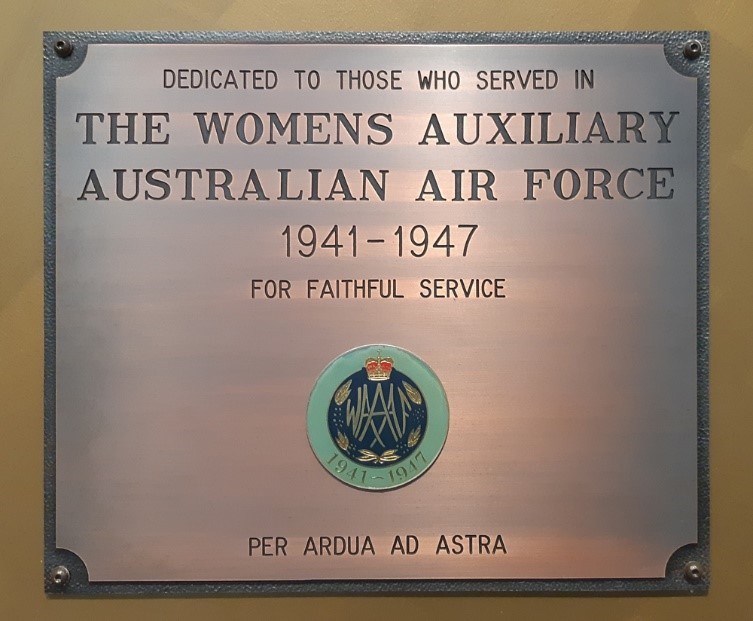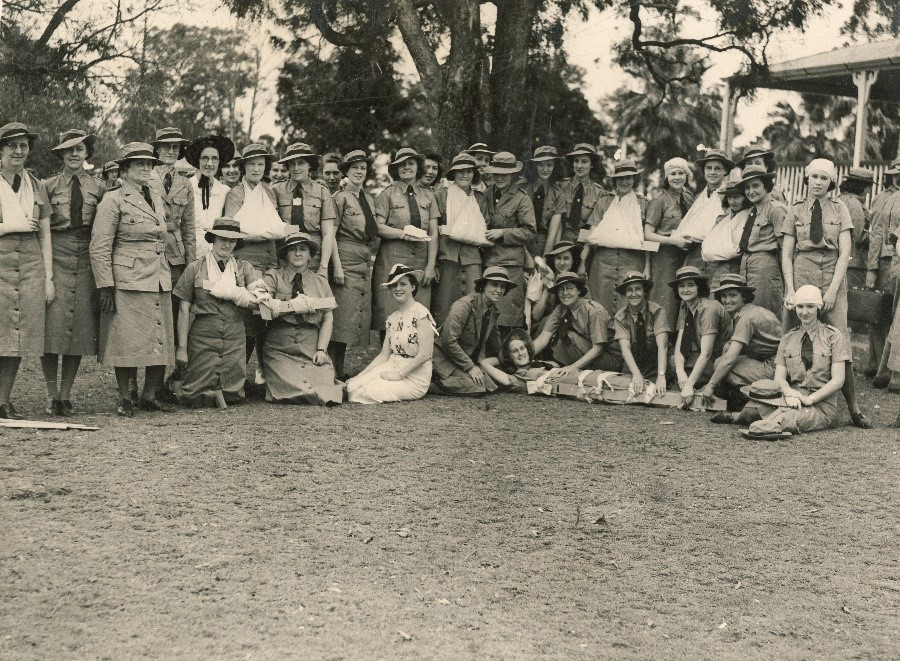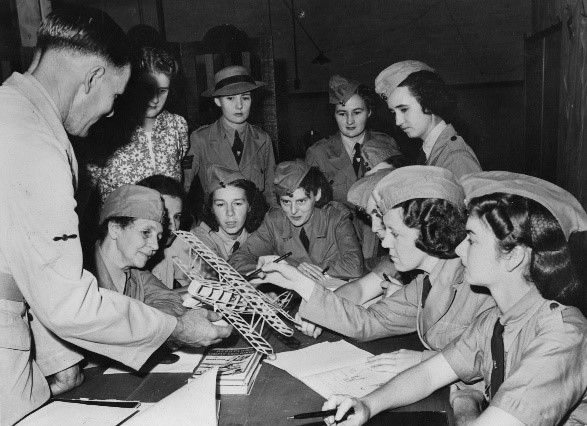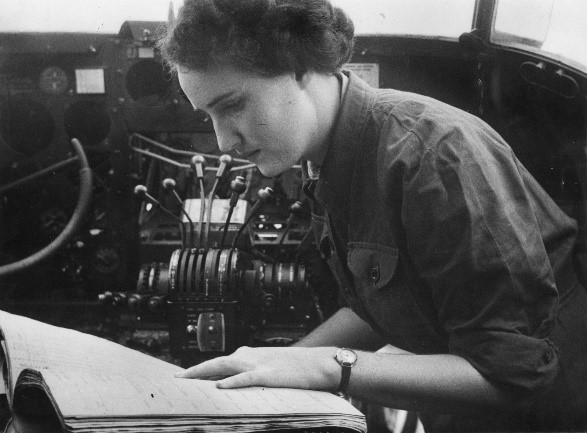Women who answered the call

Commemorative plaque for the Womens Auxillary Australian Air Force 1941-1947 at Anzac Square Memorial Galleries
Much would change for women during the Second World War concerning their ability to serve in the military. During WWI women had only been able to assist the war effort by serving as nurses; volunteering in the Red Cross; working for soldier’s comfort funds; and raising funds for wartime charities that worked overseas.
When war broke out in 1939 many women wanted to play a more active role. Consequently, hundreds of voluntary organisations had formed by 1940. In Brisbane alone there were six different organisations training women in skills relevant to Australia’s war effort. The largest of these was the Women’s National Emergency Legion who trained in first aid and other skills. Later in the war members served with US military units in Australia as transport drivers and clerks. They also undertook mine watching and other tasks.
The Federal Government and military were reluctant to support women being trained to serve in the armed forces. However, a shortage of male recruits and much lobbying from women’s groups finally forced the military to establish female branches. The first military organisation established in Australia for women that utilised skills other than nursing or tending the sick was the Women’s Auxiliary Australian Air Force (WAAAF). Formed in March 1941, the WAAAF set a precedent for the creation of the Australian Women’s Army Service (AWAS) in October 1941 and the Women’s Royal Australian Naval Service (WRANS) in July 1942. The women in these services would release healthy men for active service overseas and other operational duties.
Women in the WAAAF were needed to work across a vast number of areas within the RAAF. They would perform over 73 different trades some of which included: highly skilled technical employment on aircraft, telegraphists, armament workers, electricians, flight mechanics, fabric workers, instrument makers and meteorological assistants. Their skills were also utilised in many clerical, medical, transport, catering, signals and radar fields within the RAAF. Despite their valuable work women were only paid 2/3rds of the salary of their male equivalents and married women were not permitted in the WAAAF.
Recruiting for the WAAAF began on 15 March 1941 and on the 17th of March the first 19 airwomen reported for duty. Ten of these were teleprinter operator trainees. Throughout 1941 recruiting was quite slow. However, when Japan entered the war in December 1941 there was a greater push for the employment of women. By the end of 1941 some 1500 women were serving in the WAAAF. At its peak in October 1944 there were 18 667 officers and airwomen in the WAAAF. By the end of the war 27 000 women had served in the WAAAF making it the largest of the three women’s services.
The value of the work and the skills of the WAAAF during a period when thousands of men needed to be released for operational duty overseas and in Australia, which itself was at risk, encouraged the formation of the Women’s Royal Australian Air Force (WRAAF) in 1951. In 1977 the WRAAF was disbanded, and women were absorbed into the mainstream RAAF. It would take until June 1988 before the first female Air Force Pilots graduated and the first female fighter jet pilots didn’t graduate until December 2017. Now there are no restrictions on employment of females in the Air Force, including all pilot positions.
Comments
Your email address will not be published.
We welcome relevant, respectful comments.


